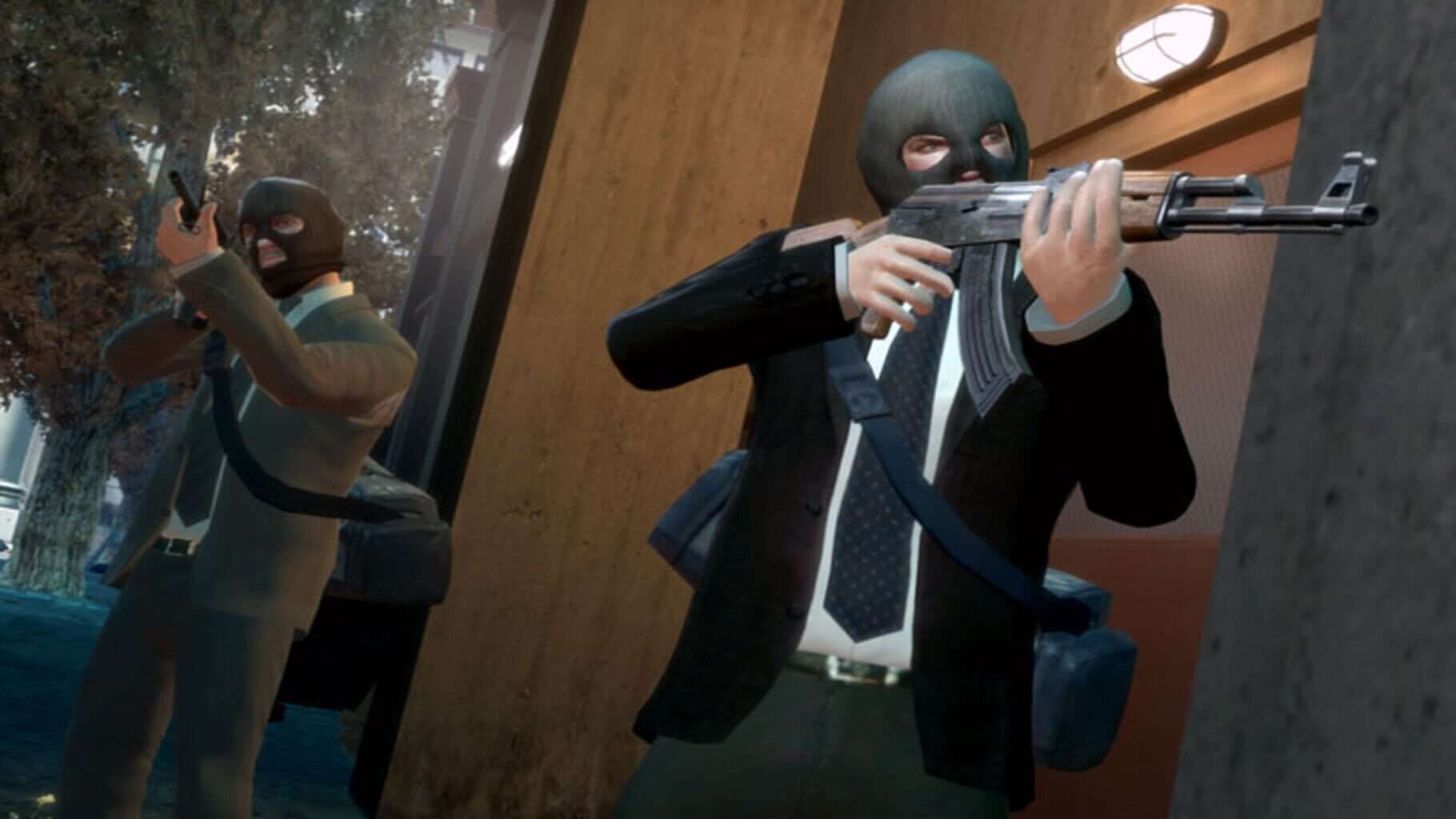The Grand Theft Auto series may be the most successful video game franchise ever. Just about every game in the series has sold millions of units and received stellar marks from gaming outlets. Gamers have always appreciated the series’ open-world concept, the ability to bend and outright break laws, and to be the kind of sociopath they only dream of being while stuck in traffic or at the office.
Here, we embark on the 26-year history of Grand Theft Auto, examining the good, the bad, and the banned, while looking toward the future of the series.
The Early Days (1997-99)
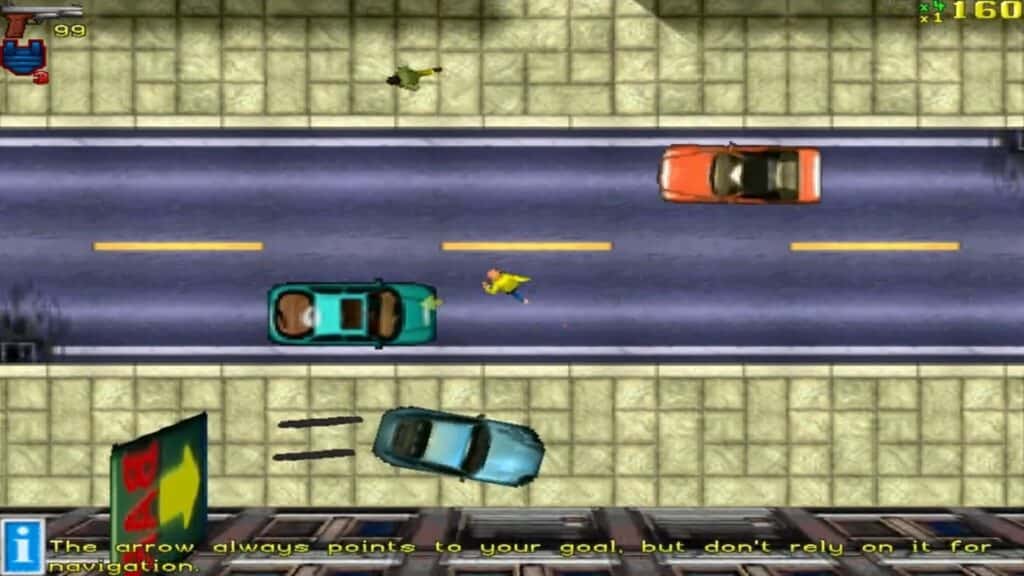
©Screenshot from Grand Theft Auto.
The roots of GTA trace back to a small Scottish video game development studio known as DMA Design, which later became Rockstar North. The “early days” of GTA involve two games and an expansion pass. While not as memorable as their descendants, these games set the standard for the series’ open-world playstyle and gave players an idea of what to expect from GTA moving forward.
Grand Theft Auto (1997)
The first Grand Theft Auto game started life as a racing title called Race’n’Chase. After numerous missed deadlines, the developers reworked the game into the GTA we know today. GTA changed the gaming landscape thanks to its unparalleled level of freedom and agency within the game world, something that had not been seen until then. Players enjoyed causing mass chaos in fictional cities that had a striking resemblance to many real-world locales. Although many parents and “concerned citizens” were aghast at the level of violence, little did they know what was coming on the horizon.
GTA 1 utilizes a top-down view of the map, rather than the over-the-shoulder third-person view of later titles. Players choose a nameless protagonist and progress through six levels in locations that would become familiar throughout the series’ lifespan, including Liberty City, San Andreas, and Vice City. The players’ goals are to complete jobs and cause destruction to earn certain money thresholds, which will then unlock the next level. How the player gets there, though, is entirely up to them.
Two years later, Rockstar released Grand Theft Auto: London 1969, an expansion set in real-world England. The game functions and plays exactly the same as its predecessor but swaps out contemporary vehicles for 1960s British cars and swaps out certain phrases for their British equivalents.
Grand Theft Auto 2 (1999)
Later in 1999, Rockstar released a full-fledged equal to the original Grand Theft Auto, aptly named Grand Theft Auto 2. Rockstar slightly built upon the formula from the last game, sending players to a futuristic dystopia called “Anywhere, USA” where crime is king. Players can now save during levels, giving them the opportunity to take a quick break before things get too hairy. They can also work with three in-game factions that allows them to gain favor with one at the expense of the others. The favored faction provides more difficult and rewarding missions, while the other factions will attack the player on sight for their transgressions.
GTA 2 was also the first game in the series to offer random world events, such as gang members fighting with police, other criminals committing crimes, and more. This was also the first game that allowed players to do routine civilian jobs like taxi driving and semi-truck deliveries. GTA 2 also started the trend of mysterious secrets hidden under the surface of the game in the form of packages, that rewarded players with weapons and cash.
The Move Into 3D (2001-2008)
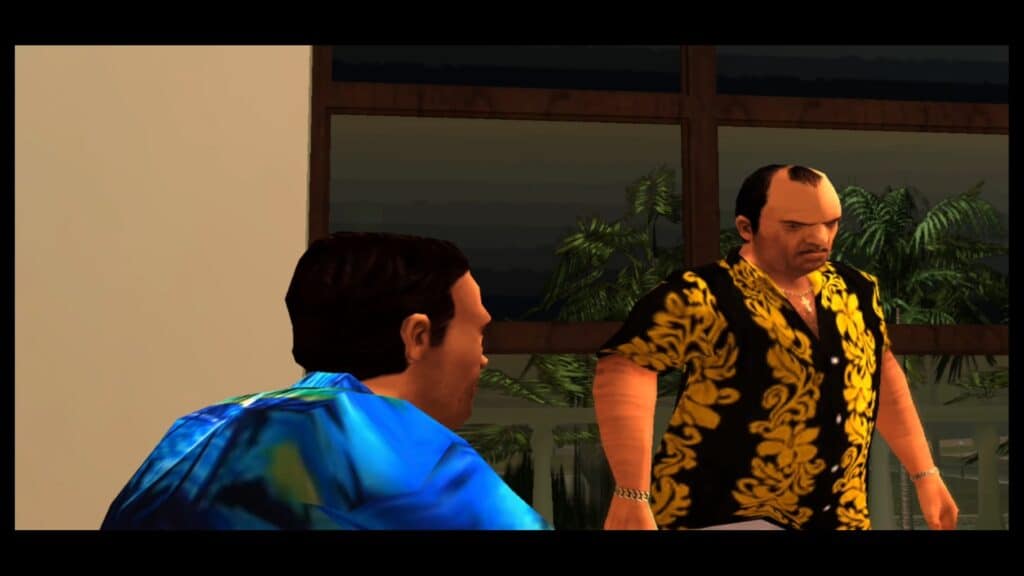
When the sixth generation of consoles began with the PlayStation 2 and the original Xbox, Rockstar knew it needed to harness the power of these new machines and bring Grand Theft Auto into the third dimension. They may not have realized how seismically they would shift the gaming world with their first game for these new systems.
Grand Theft Auto III (2001)
On October 23, 2001, Rockstar Games changed the gaming world with Grand Theft Auto III. The game took players out of the top-down view and put them on the ground, allowing them to fully immerse themselves into Liberty City. Players took on the role of Claude, a silent protagonist navigating the sprawling Liberty City, completing missions, and doing whatever the player controlling him wanted. GTA III received widespread critical acclaim, receiving multiple perfect scores from outlets, and set a new standard for open-world games.
Many series staples got their start with GTA III. Among them are the wanted meter, a one-through-six-star system that alerts the player as to how aggressive law enforcement officers will be in trying to stop them from committing crimes, a cinematic story mode, auto-aim, weapons cheats, memorable dialogue from main characters to even random NPCs, and radio stations featuring licensed music.
Grand Theft Auto: Vice City (2002)
For their next 3D offering, Rockstar took gamers to their own version of South Beach in Grand Theft Auto: Vice City. Gone are the dark, drab confines of Liberty City, instead replaced with the glamorous and tropical setting of Vice City, based on real-world Miami. Players assume the role of Tommy Vercetti, an ex-con who’s back on the streets after a fifteen-year murder sentence. Right when Vercetti steps into freedom, his old boss Sonny pulls him back into the thick of things to establish his “business endeavors” in Vice City.
Vice City didn’t change much of GTA III’s already strong gameplay engine but added a few things to improve the game’s immersion and give players more options to make money. The ability to work with local gangs returned from GTA 2, allowing Tommy to curry favor with local gangs for protection at the expense of being an enemy to others in the region.
Tommy can also purchase real estate to earn money and give his crew a front for their shady activities. He can even invest in businesses like a taxi company, nightclubs, and a “film studio,” which all have their own associated missions. Vice City also expanded upon the “random chance” missions and added new ones like vigilante, fire-fighting, paramedic, and a more fleshed-out taxi experience.
Grand Theft Auto: San Andreas (2004)
Rounding out the “Holy Trinity” of GTA titles is San Andreas, released on PlayStation 2 and Xbox in 2004. The third game of the generation took all the gameplay elements from its predecessors, improved on them, and added so much more.
Among the many revolutionary features of San Andreas was its seamless transition between areas of the map. No longer would players have to wait through loading screens when moving between sections — the map felt like one, giant, continuous entity this time around. If players required help navigating the large area, they could now set waypoints and follow directions on the minimap. Players could also now swim, climb, duck and cover, and even personalize their character with hairstyles, accessories, clothing items, and even dietary choices.
San Andreas stars Carl “CJ” Johnson, who lives in the fictional town of Los Santos, which itself is found in the fictional and titular San Andreas. CJ is a member of the Grove Street Families gang and returns home after his mother’s murder via drive-by shooting. Once home, CJ reunites with his old friends and family but, in turn, gets right back into the life he left behind five years ago.
For many GTA fans, San Andreas is their favorite, and for good reason. Between the high level of detail, celebrity voice cameos, engaging mini-games and side missions, and countless other things to do, it could take you years to find everything that San Andreas has to offer.
“Hot Coffee” Mod
We’d be remiss if we didn’t at least touch on what might be San Andreas’ most infamous bit of cut content, the “adult time” minigame that was removed but subsequently patched back in via the “Hot Coffee” mod. Modder PatrickW created the original “Hot Coffee” mod. It patches back in the removed minigames that take place between CJ and his girlfriend, who invites him in for “some coffee.” It doesn’t take much imagination to guess what really happens within these minigames, but let’s just say there’s not much coffee being consumed.
Naturally, mainstream media outlets, politicians, parents, and just about everyone outside of the gaming public were outraged that such a minigame existed and was accessible to children. Never mind that San Andreas was already a Mature-rated game that was not meant for children, nor were the minigames easily accessible to players who did not have an understanding of modding at the time, but we’ll chalk that up to the mass ignorance we’ve all come to expect from society.
Versions of San Andreas that could be modded received an Adults Only rating, meaning that many mainstream outlets wouldn’t carry the game any longer. Future “Greatest Hits” and re-release versions of the game have the minigames removed entirely, so the patches no longer work.
The Handheld Games (2004-2009)
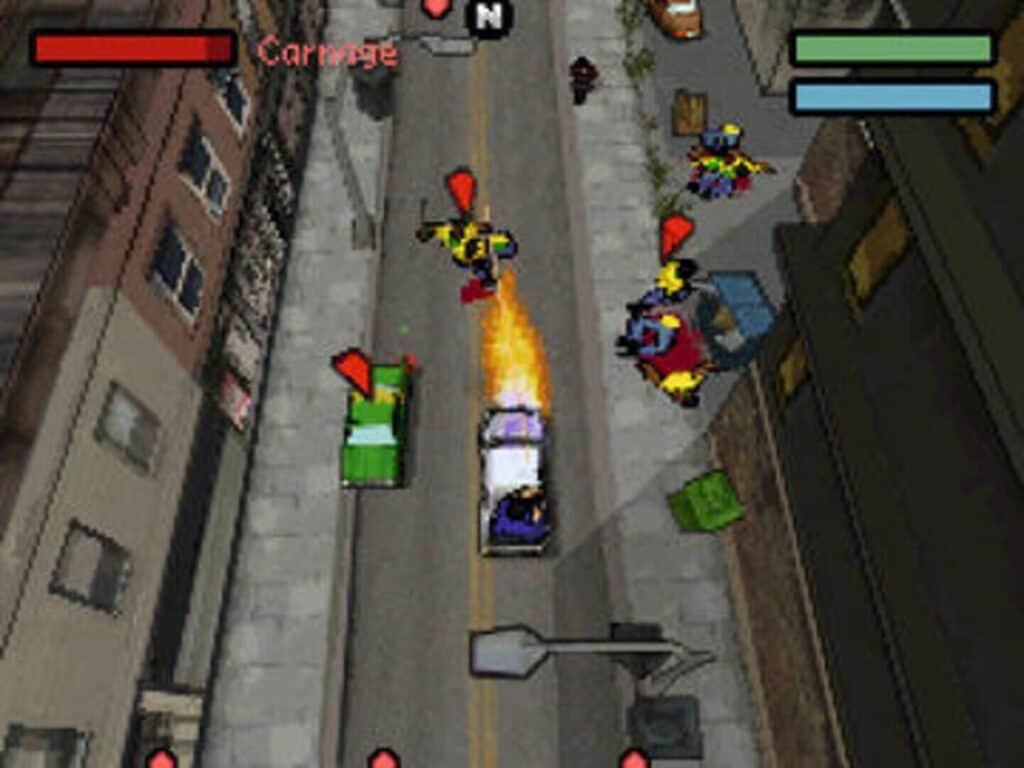
Between the release of San Andreas and Grand Theft Auto IV, multiple handheld games were released that added supplemental stories to the GTA universe. The first was 2004’s Grand Theft Auto Advance for the Game Boy Advance, a game that combined the series’ original top-down perspective with the newer games’ canon and universe. The game features many elements of the 3D games, like side-missions, weapons, safe houses, and the heads-up UI.
In 2005, and 2006, Rockstar released Liberty City Stories and Vice City Stories, respectively. Both games were released for the PSP and added additional lore to the cities and characters involved in both games. These games added multiplayer through the PSP’s ad-hoc local modes, a first for the series, and were sort of a preview of Grand Theft Auto Online.
The final GTA game to be released for a handheld system was Chinatown Wars, which came out for both the PSP and, for the first and only time, the Nintendo DS. Chinatown Wars takes place in the Chinatown section of Liberty City and stars a new character, Huang Lee, a member of the Triad, who looks to make a name for himself through the drug trade. The DS version of the game was unique with its cel-shaded graphics and touchscreen controls.
The HD Era and Beyond (2008-Present)
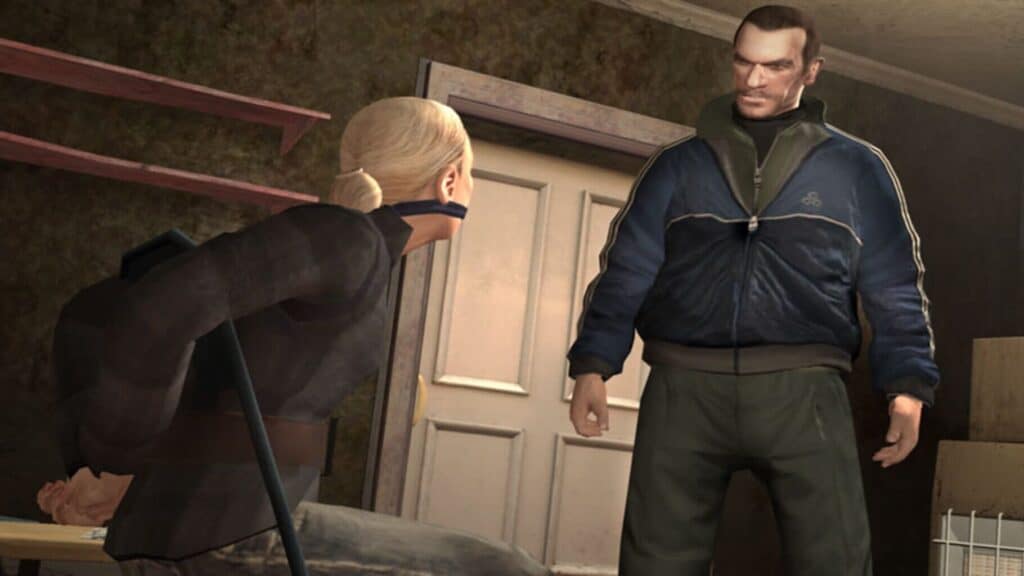
When gaming hit high-definition with the seventh generation of consoles, so did Grand Theft Auto. GTA again redefined video games with its latest iteration as well as its two full-fledged expansions.
Grand Theft Auto IV (2008)
The first HD GTA game was Grand Theft Auto IV, which was both a technical and thematic leap for the series. Gone were the blocky PS2-era models and simple crime-drama stories, replaced with jaw-dropping (for the time) HD models and a real human story of loss, immigrant life, and “The American Dream.”
GTA IV stars Niko Bellic, a former soldier from an unnamed Eastern European country, who comes to Liberty City to escape his past and start a new life. Unfortunately, Niko’s past turns out difficult to leave behind. Throughout the story of GTA IV, more details of his shady past come to light as he tries to make life better for himself, his cousin Roman, and the people they come to love in the world. Players are incentivized to build their relationships through the new cell phone mechanic, where Niko can contact friends to go bowling, or play darts. As a result, the player faces moral decisions that have tangible consequences for the story, and characters can die based on which choices the players make.
The Lost and Damned (2009)
For the first time since the inaugural GTA title, Grand Theft Auto IV featured expansion packs that featured standalone stories that ran concurrently to the initial release and to each other. The first expansion pack was The Lost And Damned, a February 2009 release that tells the story of Johnny Klebitz. Johnny is the vice president of The Lost MC motorcycle club, who tries to navigate internal conflicts within the group, external pressures from other gangs, drug running, and more, all while trying to keep his chapter afloat.
Gameplay mostly remained the same as GTA IV but with one exception — mid-mission checkpoints. This eliminates the need to start missions from scratch. Now, players can pick up where they left off, rather than having to sit through cutscenes and deal with early parts of missions. Lost and Damned also introduces motorcycles, jobs that required motorcycles, the ability to ride alongside fellow Lost MC bikers, and more.
The Ballad of Gay Tony (2009)
Eight months later, Rockstar released the second GTA IV expansion pack, The Ballad of Gay Tony. The game stars Luis, a bodyguard for the uncanny “Gay Tony,” a Liberty City nightclub owner and socialite. Luis is Tony’s “Mr. Fix-It,” and most of the game involves the player as Luis fixing Tony’s various problems, like drug deals, unpaid debts, disputes with rival gangs and mob bosses, and more.
Gay Tony introduced new minigames that were becoming of a game starring a drug-dealing socialite, including performing drug deals, boat and car racing, skydiving, driving ranges, dancing minigames at night clubs, drinking games, and more.
The Grand Theft Auto V Era (2013-Present)
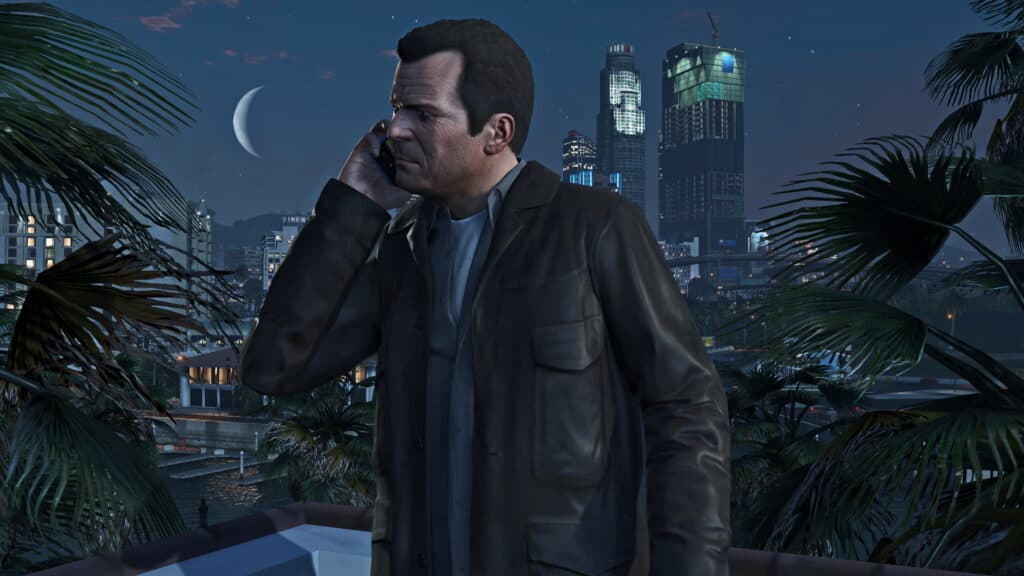
In 2013, Rockstar released its ultimate experience with Grand Theft Auto V. From day one, GTA V changed the gaming universe. It was one of the most popular and best-selling games of all time, shattering sales records and establishing itself as one of the best games ever made.
What made GTA V such a hit? It could be a multitude of factors, including three distinct playable protagonists, a colorful setting reminiscent of Southern California called Los Santos, a gripping crime drama narrative, and of course, Grand Theft Auto Online, the game’s online multiplayer component.
Unlike other games, GTA V stars three protagonists: Michael De Santa, Franklin Clinton, and Trevor Philips. Michael is a battle-hardened ex-con who’s looking for one last heist, Franklin is a low-level gang member who wants something more, and Trevor is a lunatic who just wants to do the only job he’s ever been good at — crime. Each character has different skills that give them a unique gameplay experience. Michael can slow down time in combat like Max Payne’s “Bullet Time,” Franklin can do the same while driving, while Trevor can deal more damage and take less damage while in battle.
GTA V is a rare game that is available for three different generations of systems. It first released for the Xbox 360 and PlayStation 3, then released one year later on Xbox One and PlayStation 4, then debuted on Xbox Series S/X and PlayStation 5 in March 2022.
Grand Theft Auto Online
If GTA V initially brought players in, GTA Online kept them around. In GTA Online, players create their own character, which can engage in various activities across Los Santos and its surrounding areas. Players can free-roam, kill each other, or actually play the game and complete missions and heists. The heists became a hallmark of GTA Online, presenting elaborate multi-stage operations that offered substantial in-game rewards.
Over the past decade, Rockstar has added even more content to GTA Online, keeping players entertained. Themed updates like “Executives and Other Criminals,” “Gunrunning,” “The Doomsday Heist,” and “The Diamond Casino & Resort” brought fresh challenges and opportunities for players to explore building on the mode’s overarching narrative.
The Future (2023 and Beyond)
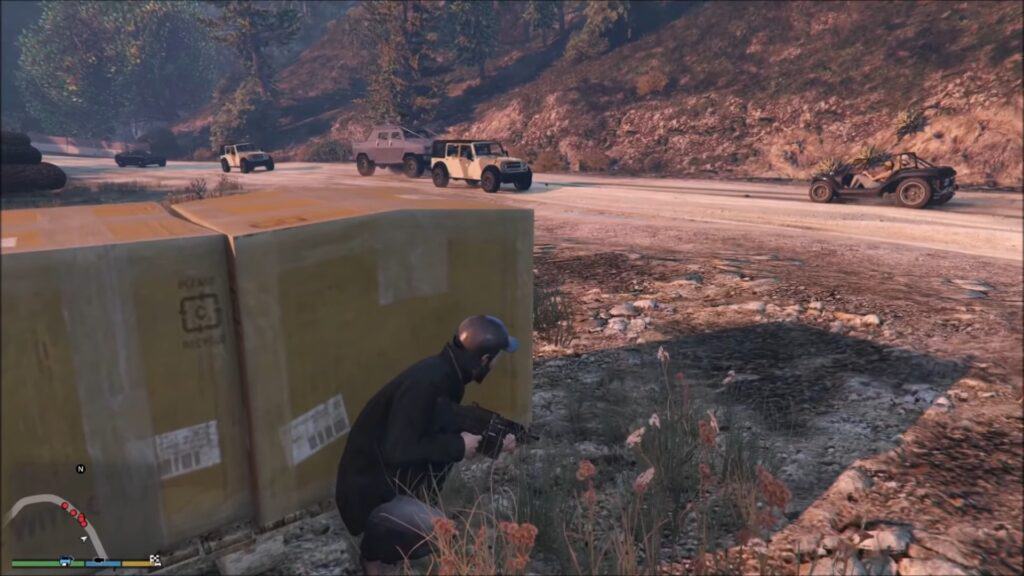
Grand Theft Auto VI is in production and some leaks have confirmed what’s coming. We may see a revamped Wanted system and updated police AI. As for the story, we can expect a trip back to Vice City and two protagonists — a male and a female. Other than that, we don’t know too much about GTA VI but we can all wait with bated breath for new info to release in the future.
